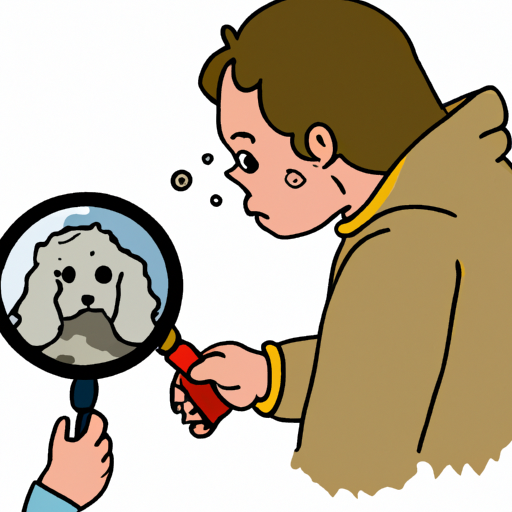Exposure to mold can pose serious health risks to both humans and animals. If you suspect your dog has been exposed to mold, it’s crucial to understand the signs, symptoms, and treatments to ensure the health and safety of your furry friend.
Identifying Mold Exposure Symptoms in Your Dog
Dogs exposed to mold can exhibit a range of symptoms. Some signs may be subtle and easily overlooked, while others can be quite severe. The following are some common symptoms:
- Respiratory distress, such as coughing or wheezing
- Nasal discharge
- Itchy or red eyes
- Skin rashes or sores
- Loss of appetite
- Lethargy or decreased activity levels
- Changes in behavior, such as increased anxiety
Keep a close eye on your dog if you suspect mold exposure. Any of these symptoms should prompt a visit to the vet for an accurate diagnosis.
Understanding the Causes of Mold Exposure in Dogs
Mold exposure in dogs can occur in several ways. The most common causes include:
- Ingestion: Dogs can ingest mold by eating moldy food or chewing on moldy items.
- Inhalation: Mold spores in the air can be inhaled, leading to respiratory issues.
- Direct contact: Physical contact with mold can cause skin reactions.
Mold thrives in damp, poorly ventilated areas. Regularly inspect your home, particularly areas your dog frequents, for signs of mold.
Treatment Options for Mold Exposure in Dogs
If your dog is diagnosed with mold exposure, it’s essential to start treatment promptly. The primary treatment options include:
- Removing the Source of Exposure: Identify and eliminate the mold source in your home. This may involve professional mold remediation.
- Medication: Your vet may prescribe antifungal medication to help your dog fight off the mold infection.
- Supportive care: This could involve fluids, oxygen therapy, or anti-inflammatory drugs to manage symptoms and support recovery.
Remember, each dog is unique and may respond differently to treatment. It’s crucial to follow your vet’s instructions closely.
Preventing Mold Exposure in Dogs
Prevention is always better than cure. To protect your dog from mold exposure, consider these preventive measures:
- Regularly inspect your home for signs of mold, especially in damp areas like the bathroom and basement.
- Keep your dog’s food and water bowls clean and dry.
- Ensure your home is well-ventilated to prevent mold growth.
- Use dehumidifiers in damp areas of your home.
- Regularly wash your dog’s toys and bedding.
Long-Term Effects of Mold Exposure in Dogs
Prolonged mold exposure can have serious long-term effects on your dog’s health. These can include chronic respiratory issues, skin conditions, and in severe cases, organ damage. Early detection and treatment can help prevent these complications.
Frequently Asked Questions
What types of mold are dangerous to dogs?
All types of mold can potentially be harmful to dogs, but some of the most dangerous include Aspergillus, Penicillium, and Stachybotrys (also known as black mold).
How long does it take for a dog to show symptoms after mold exposure?
Symptoms can appear within a few hours to a few days after exposure, depending on the type of mold and the severity of the exposure.
Can mold exposure be fatal in dogs?
In severe cases, mold exposure can be fatal. However, with early detection and treatment, most dogs can make a full recovery.
What should I do if I suspect my dog has been exposed to mold?
If you suspect your dog has been exposed to mold, contact your vet immediately. They can provide guidance and arrange for appropriate testing and treatment.
Can I use home remedies to treat my dog’s mold exposure?
While some home remedies may help alleviate symptoms, it’s essential to seek professional veterinary care. Mold exposure can be serious, and your dog may require prescription medication and other treatments.



